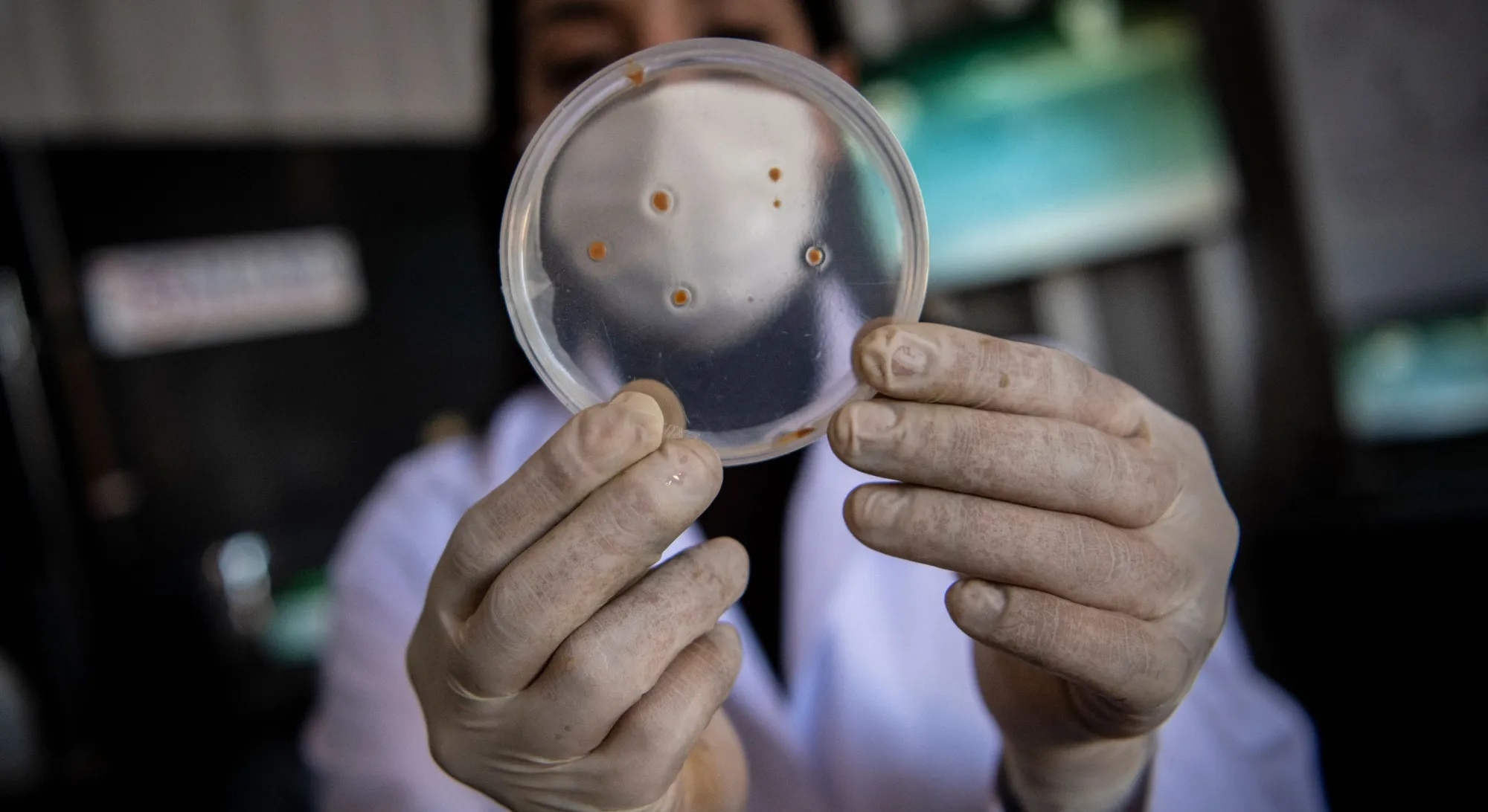Scientists warn that cases of carnivorous bacteria could increase and occur in more places due to climate change
Due to the change in temperature in coastal waters, an alteration in the salinity of the water is expected, giving an opportunity to the proliferation of bacteria, such as Vibrio vulnificus, which in several cases causes amputations or even death

Scientists have closely followed the consequences of climate change, and among them, there is a latent risk of an increase in so-called flesh-eating bacteria in the waters along the east coast of the US.
Vibrio vulnificus bacteria are generally found in warm waters with low salinity or salt content. While the bacterium is common in subtropical regions, there has been an increase in Vibrio infections in places farther north, such as Delaware Bay.
To understand the severity, it's important to note that this bacterium can cause life-threatening wound infections. Many people with a Vibrio vulnificus infection require intensive care or limb amputation, and about 1 in 5 with this type of infection die, sometimes within a day or two of becoming ill.
Warming temperatures create ideal conditions for potentially fatal Vibrio vulnificus infections to spread https://t.co/hOvYt6fmFy
— TIME (@TIME) March 23, 2023
Given this context, the study published in the journal Scientific Reports highlights that the proliferation of this bacterium is probably due to the warming of coastal waters, since the increase in temperature affects the salinity of the water, which favors the bacterium.
There are currently about 100 cases of these infections each year in the US and the Gulf Coast is considered a “global hotspot” for the bacterium. The study looked at cases from the Gulf and Atlantic coasts of the US over 30 years.
They believe that in the next 20 years or so, infections will spread about 11,000 km from the coast and in the next 70 years they could be found more than 14,400 km from the coast, reaching as far as the Saint Lawrence River in Canada. That means that by the year 2100, an estimated 90 to 210 million people will be at risk.
As shown, according to data from the Centers for Disease Control and Prevention, during 2022 Florida reported an increase in cases, with 65 cases of infections of this type, with 11 cases ending in deaths. To understand what the increase was, it should be noted that in all of 2021 there were 34 cases and 10 deaths in the state due to this same disease.
An infection can occur when a small skin lesion is exposed to bacteria from seawater. The bacteria can cause the area to die, leaving the patient in need of urgent surgery to remove the tissue or risk amputation, the study says.
While infections are still rare, death rates are high at about 18 percent. Most deaths occur within 48 hours of exposure.
This news has been tken from authentic news syndicates and agencies and only the wordings has been changed keeping the menaing intact. We have not done personal research yet and do not guarantee the complete genuinity and request you to verify from other sources too.

